While under at stay-at-home order, here’s a fast, easy and nutritious breakfast for the whole family.
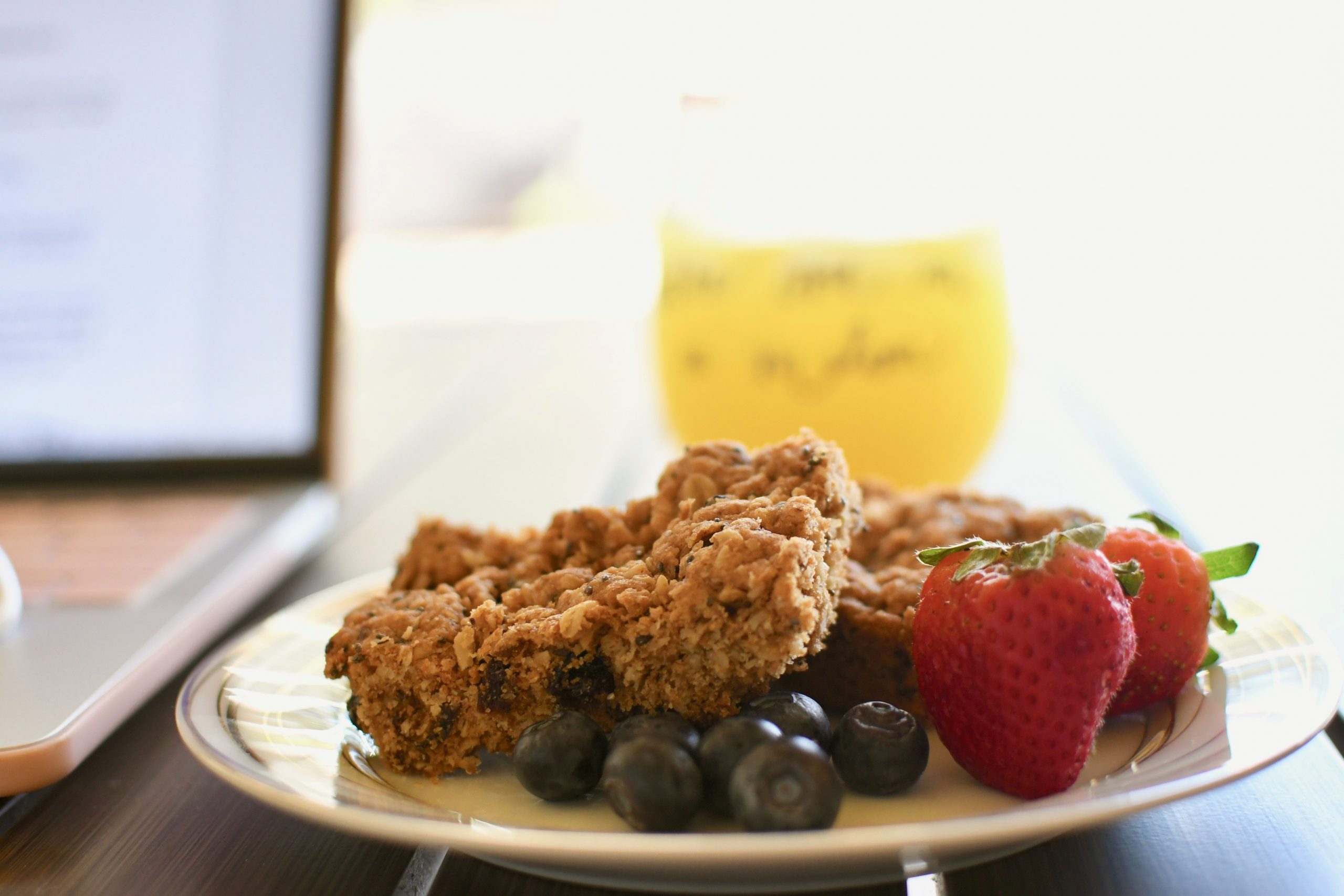

While under at stay-at-home order, here’s a fast, easy and nutritious breakfast for the whole family.
Some photo highlights of a lunch with Chiara Soldati, owner of La Scolca winery in Piemonte, Italy.
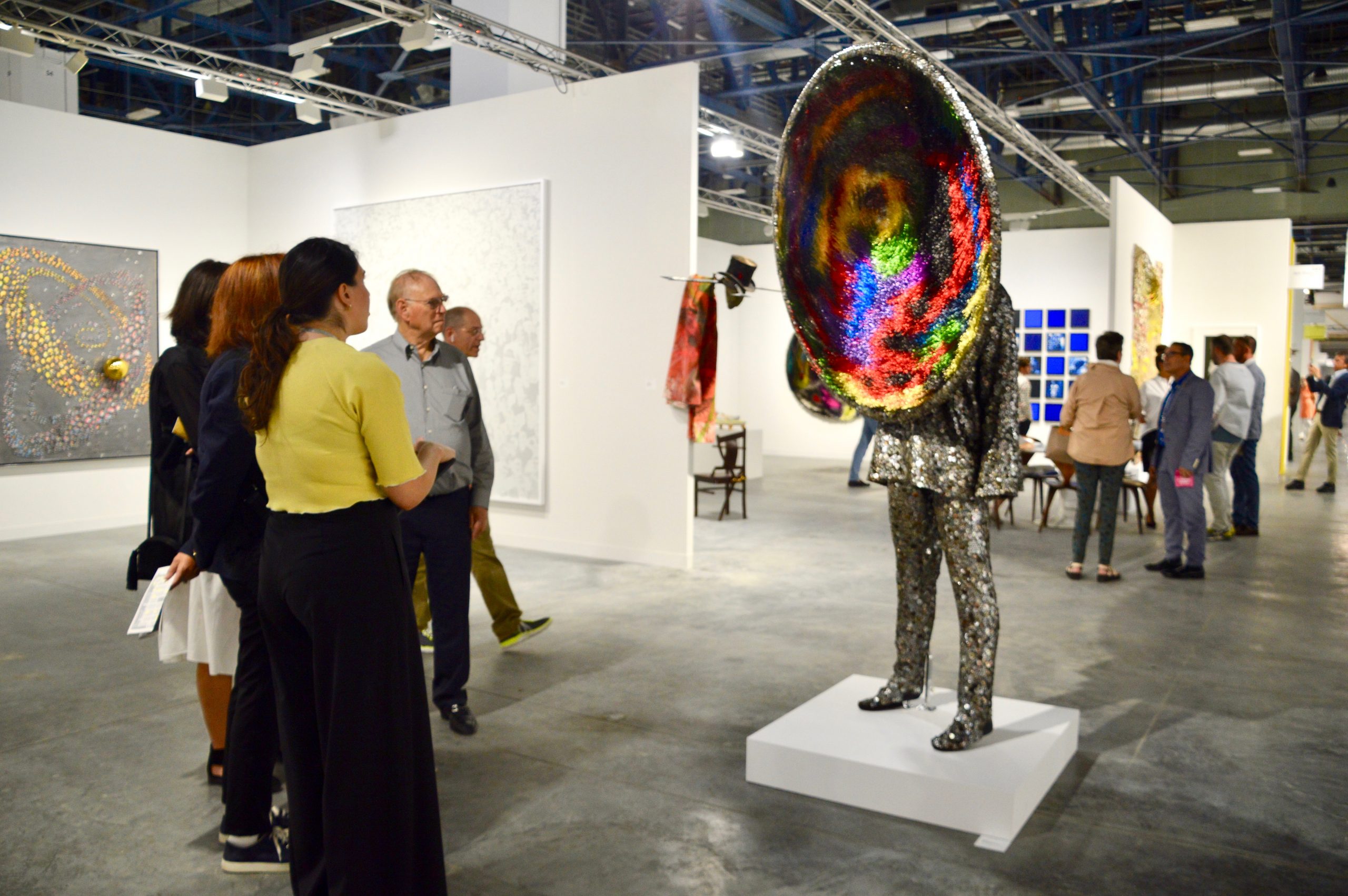
A guide to Art Basel Miami 2019 and which art fairs and events that I’ll visit during Miami Art Week. Follow my Blog and Instagram stories @AllegoryPR #MyArtEscape
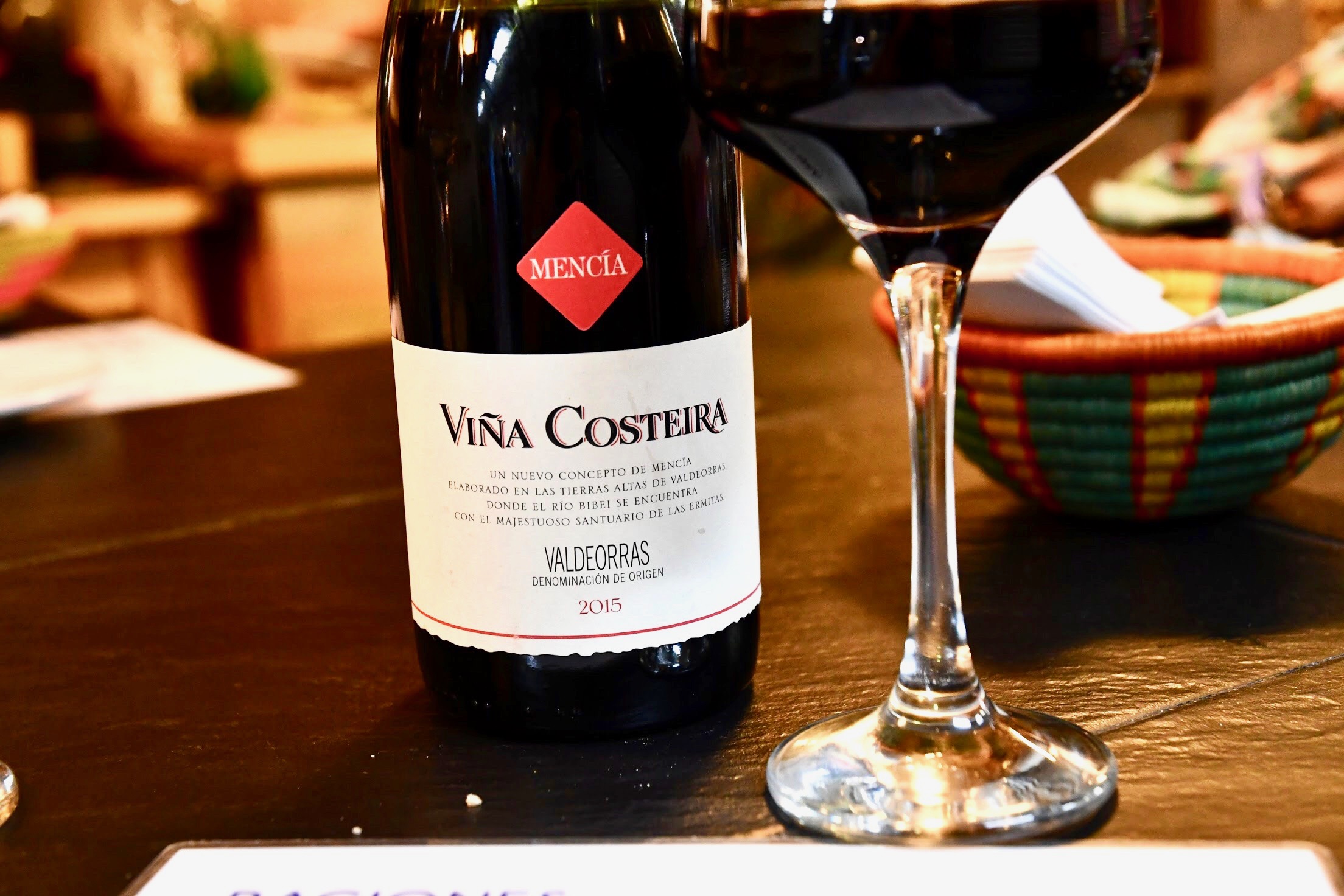
It’s #FoodieFriday and what better way to recover from the post-vacay blues than to indulge in a tasty flashback? I intentionally planned a late morning arrival time in Madrid, so I could…
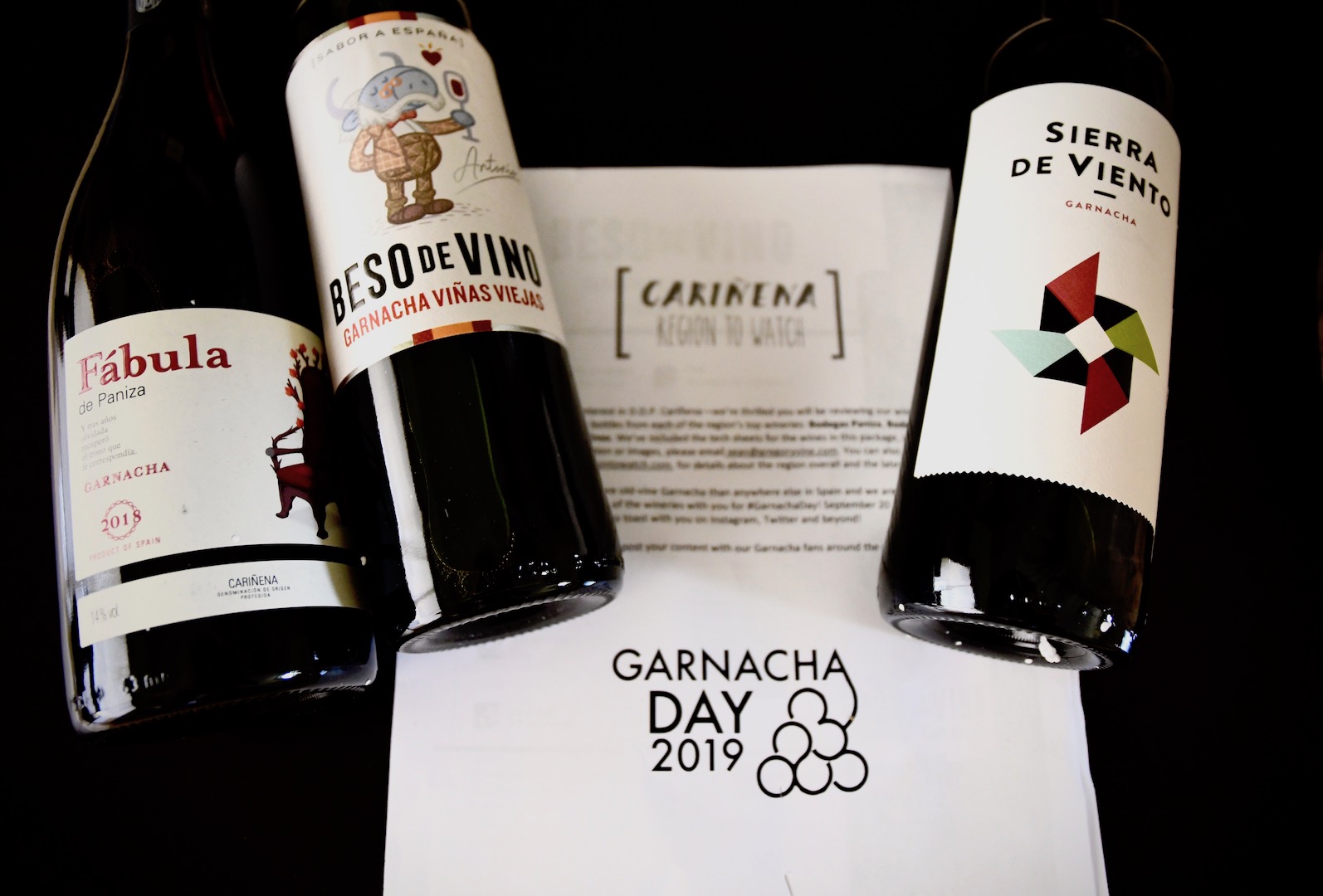
TGIF and Happy #GarnachaDay! Following a hurricane postponement of the Miami Home Show and rushing to get all of my work done and in place before flying to Spain, I began ignoring…
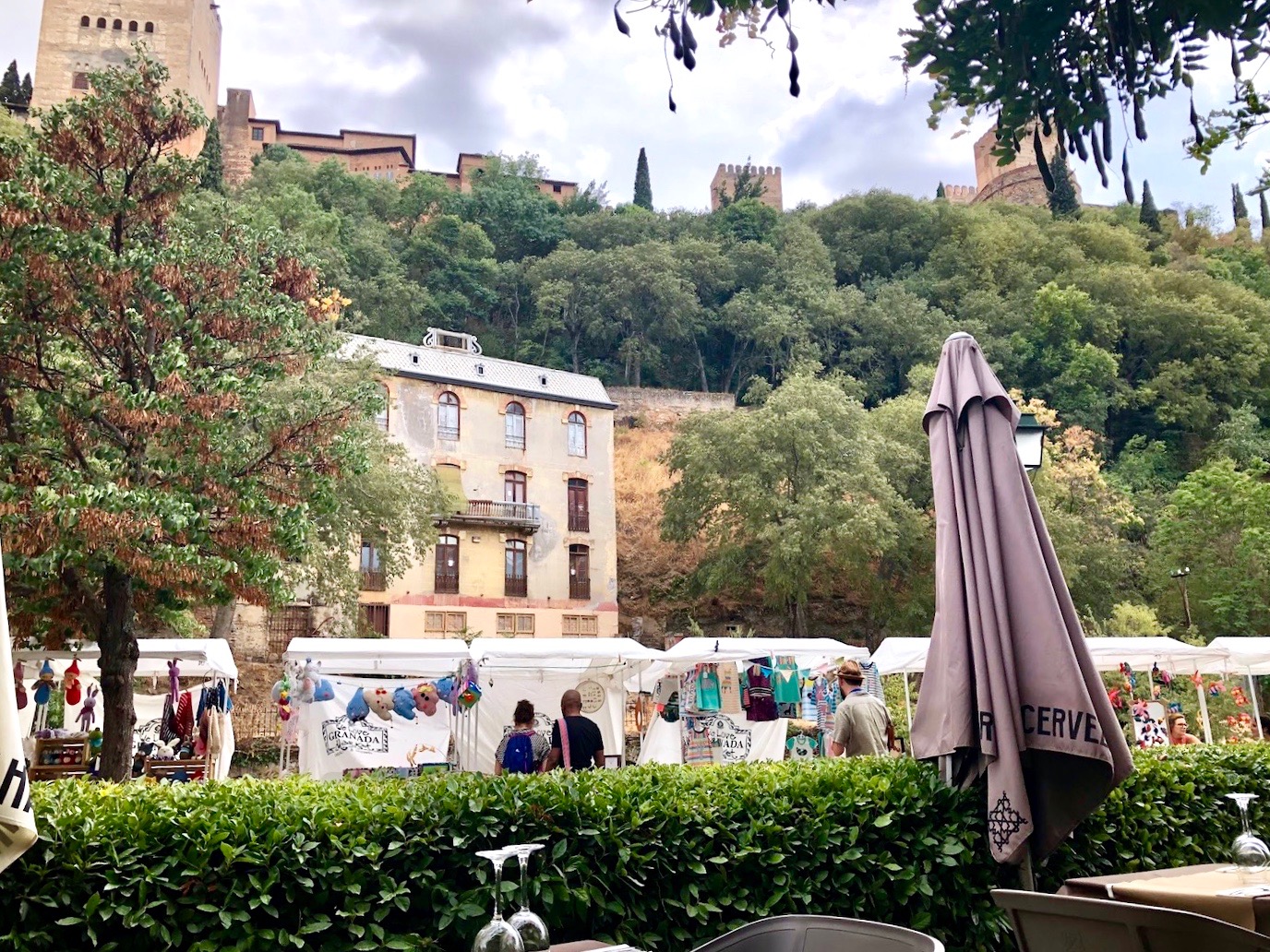
I’m back from Spain and what better way to celebrate Wine Wednesday than with an authentic Spanish food and wine pairing? Unlike Madrid, it was a challenge to find a good selection…
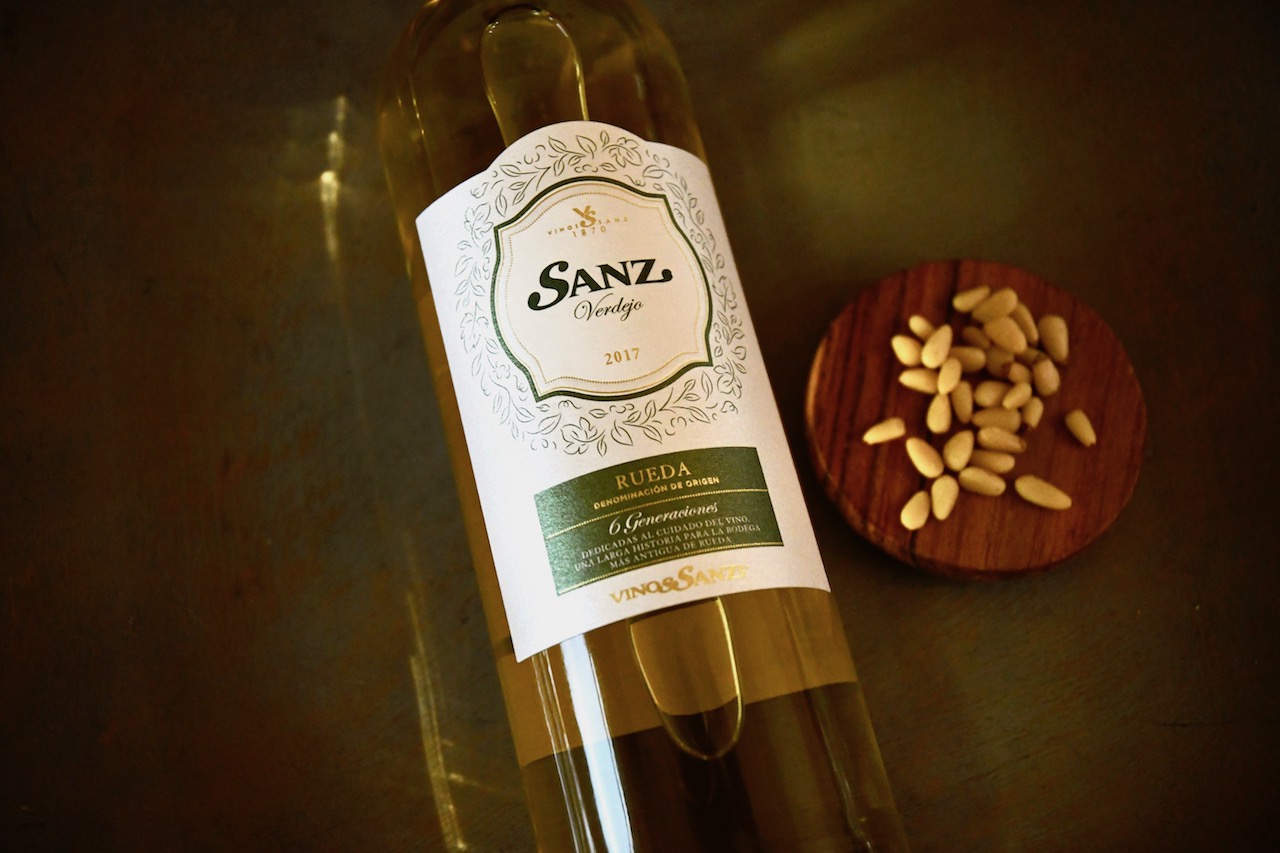
If you’ve been following my Blog or are connected with me on social (@AllegoryPR #MyArtEscape,) you’ll know that I’m slowly making my way through the Society of Wine Educators (SWE) Certified Specialist…
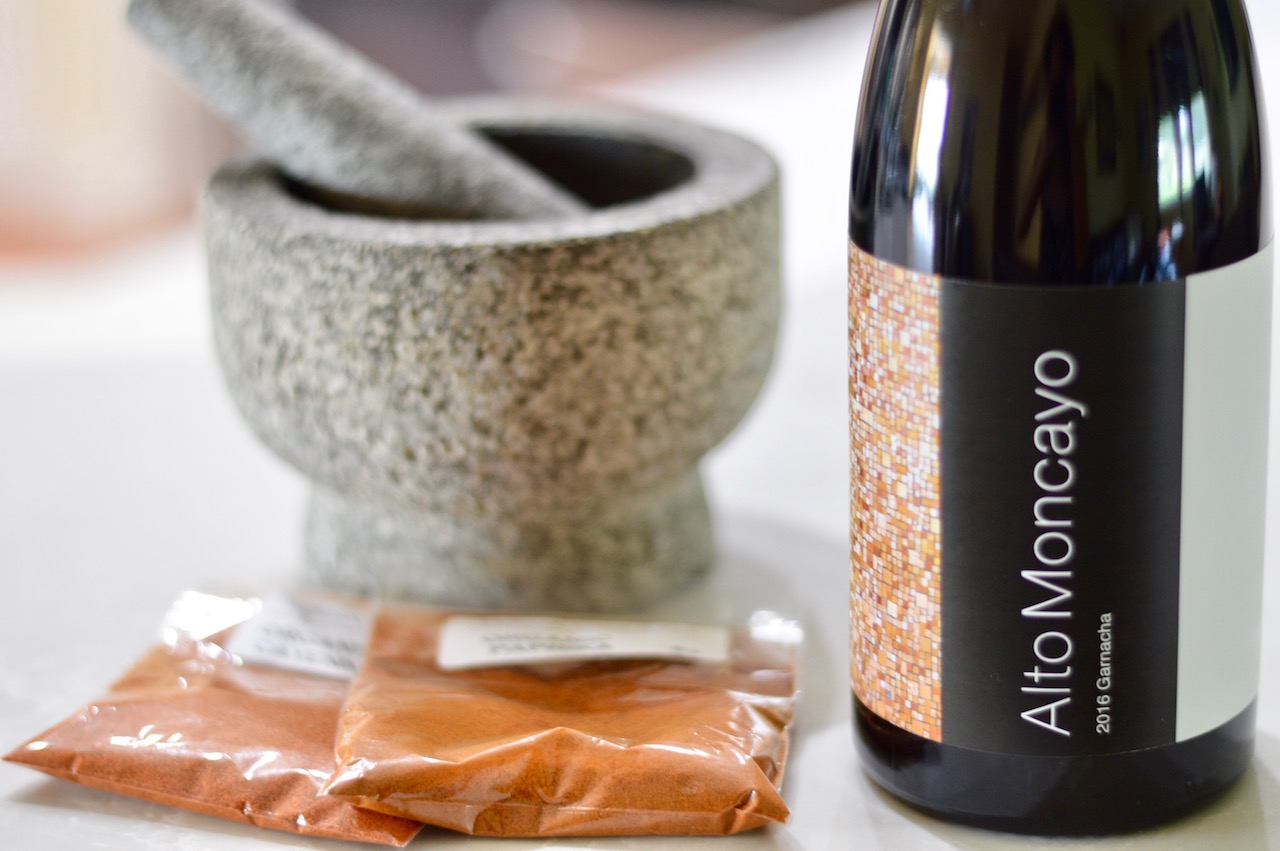
Once again, I’m taking #MyArtEscape overseas! What better way to prepare for a trip to Spain than to dive into the pot and uncork some knowledge? Ole! I’m not sure which came…
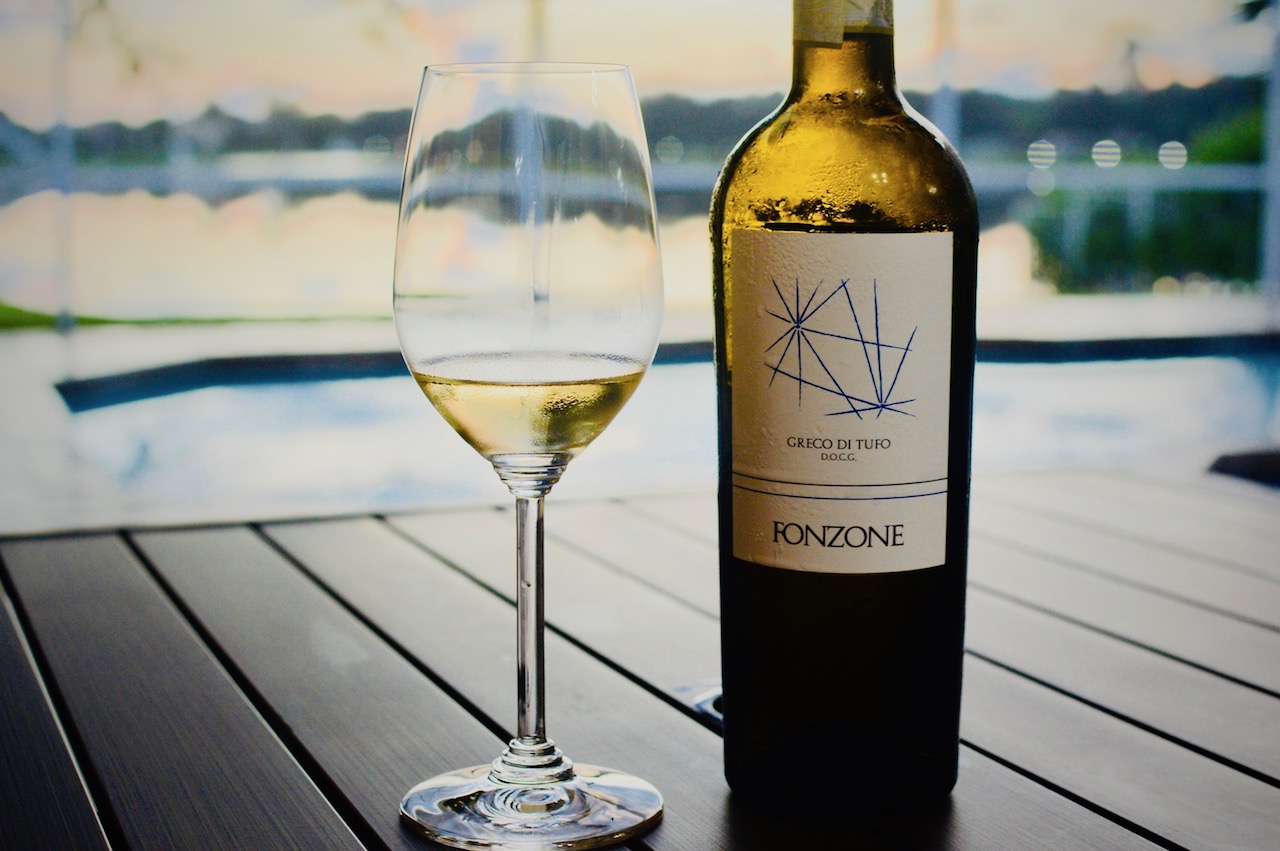
Just when I thought I knew something about grapes, I realized that I was wrong. I’ll be forever a wine newbie, but I’m happy about that. Today, I’ll tell you why. I’m…